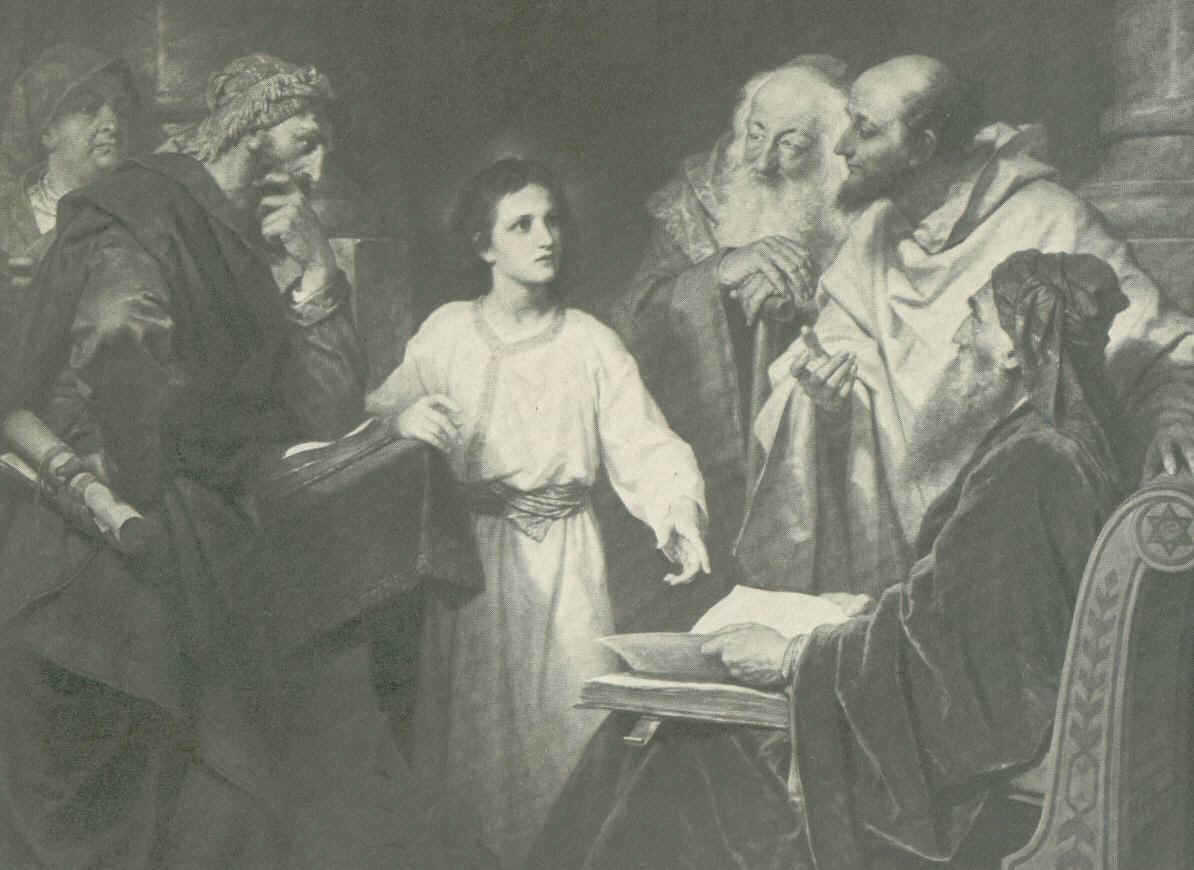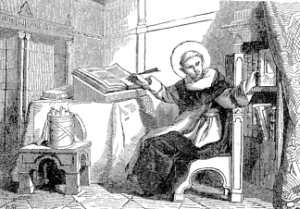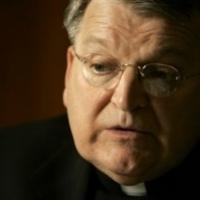The sacramental baby in the canonical bathwater
Figuring as best one can from the various versions of the story, Pope Francis met two civilly married, Catholic flight attendants during his Chilean trip, learned of the long delay in their being married “in the Church”, concluded from a brief conversation with them (and with others?) that they were adequately prepared for marriage, and, more or less on the spot, invited them to marry before him. The pope then told the couple to join hands, said some inspirational words about marriage, blessed their rings, called for a witness at some point, and pronounced the couple married in the name of God. They thanked the pope, made some happy remarks to the press, and returned to their duties.
Whether this was pastorally prudent of the pope (or “crazy”, to use his word) is not for me to say. I wasn’t there. Whether the pope could by-pass numerous canons regarding things like celebrating weddings in churches and using the liturgical books (cc. 1118 and 1119)*, however, is not even a question, for of course he could (c. 331). And whether he could disregard or, at least implicitly, dispense from the observation of canonical form for marriage (c. 1108), though a more significant question because those laws go to the validity of a wedding and not just to its liceity, yields the same answer—yes, a pope (but only a pope) can dispense from the canon law of form where two Catholics wish to marry.** Thus, commentators proving that popes can prescind from canonical norms ‘because they are popes for crying out loud!’, are ably proving what no one disputes. But those who go on to conclude that, because popes can prescind from certain canonical rules on sacraments, they can do pretty much whatever they want in regard to the sacraments protected by those rules (which I do not think is Francis’ view, though it seems to be that of some others), are missing a vital distinction, one that the mid-air marriage invites the rest of us to consider. Shall we?
In the bathwater of canonical form for marriage—excuse the comparison, but I hold that canonical form has become a hindrance to Church’s message on marriage (and it is certainly the first domino that led to this confusing event)—sits the baby of sacramental form for marriage. (Yes, same word, “form”, with two different meanings. We just have to deal with it.) Now, the Church’s authority over things sacramental is not as broad as is her authority over things canonical and a pope’s undoubted authority to modify or disregard most canonical regulations does not necessarily mean that he can modify or disregard every sacramental requirement protected by those regulations. Put another way, and speaking as one opposed to throwing babies out with bathwater, even though I think that canonical form should be abrogated I agree that we need to make sure that sacramental form is not inadvertently tossed out as well.
What am I talking about?
To make a very long, quite complex, and utterly fascinating story short, since the twelfth century (i.e., long before “canonical form” was mandated), the Church has firmly recognized that the manifestation of consent by each of the two parties to presently marrying the other, is what makes marriage (c. 1057). “Consent … is the total cause of matrimony, as both matter and form of the contract and sacrament, constituting formally the contract and effectively the bond or state.” Halligan, 428. Consent is, therefore, if we may put it this way, doubly essential as both the matter and the form of the sacrament of matrimony.
Okay, and how is that consent to be expressed? Again, long story made short, and recalling that marriage is a contract, consent to marriage must be expressly exchanged between the two parties to it.
“[Pope Alexander III] ultimately regarded only the mutual consent of the parties to the marriage as necessary and sufficient, according to then current formula … I take thee to be my husband — I take thee to be my wife.” Schillebeeckx, 294-295, citing also Hugh of St. Victor and Peter Lombard.
“[T]he essential form of marriage is the exchange of consent by the spouses …” Beal, CLSA New Comm 1338. Again, “The essential element of the [wedding] ritual is the exchange of consent.” Doyle CLSA Comm 798. Again, “[E]ntrance into [marriage] is effected not by a purely private exchange of consent, but by a public ceremony involving certain legal or customary formalities.” Kelly, GB&I Comm 575, all my emph.
This exchange of consent is not only a requirement of Church sacramental-canonical doctrine but is elemental to the human law contracts.
“It is essential that there should be an expression on both sides. This is necessary because a [marriage] contract is not valid unless the parties manifest their agreement the one to the other.” Joyce, 67 (my emph). And again, “Marriage is always by its very nature a contract, even when it is not a sacrament. Now, a contract can be effected in no other way than by the consent of the parties, or, as English law is fond of saying, by ‘the meeting of the minds.’” Bouscaren-Ellis, 565.
Ironically, the invention of canonical form for marriage at Trent came about precisely in order to combat abuses (chiefly, clandestine marriages) that could only have arisen because marriage was brought about by two people simply conferring on the other, and accepting the other’s, present consent to marriage, regardless of who, if anyone, knew of it. What canonical form basically did (at first usefully, but now to the detriment of marriage, I fear) was to place stringent canonical conditions on the Church’s recognition of what must, before anything else, qualify as the contract-sacrament of Matrimony.
Of course, by using the Church’s Rite of Marriage (Rome 1990, USA 2016), it is clear to the faith community, beyond any question, that this sacramentally essential expression of consent by both parties to marriage here and now was indeed made. In the Rite, in fact, the reciprocal expression of the consent that actually makes the marriage (RM 62) takes place after the “joining of the hands” (RM 61) and is distinct from the earlier general questions directed to the parties about their desire to be married and readiness to undertake its responsibilities (RM 60). In the Rite of Marriage, following preparatory questions about the couple wanting to be married, comes the bi-lateral, here-and-now, sacrament-effecting, manifestation of matrimonial consent between the parties.
Of course the pope’s decision not to use the Rite—a decision quite within his authority, I need hardly say—does not doom this wedding to sacramental invalidity, but it does deprive the faith community of the ready confidence it would otherwise have had about that consent’s being exchanged had the Church’s text for it been used. As a result of this decision observers must look harder to discern this couple’s effective consent to marriage.
I see, in brief, three ways to approach the question, none of which has anything to do with whether the pope satisfied canonical form in this case; the question is whether this event, as described, fulfilled the core requirements for sacramental form for marriage, namely, reciprocal consent to marry, then and there.
First, further inquiry might reveal that the pope did, using the time-honored words of, or close enough to those provided in, the Rite, elicit from each party his and her consent to marrying the other party then and there—even though every single report about the event forgot to mention it. Such a discovery would answer the sacramental question instantly and affirmatively. The event would have unquestionably been a wedding. An odd wedding, granted, but nevertheless a wedding.
Second, further inquiry might disclose that, in his eagerness to use the teaching moment which he saw in this case (toward, say, encouraging other Catholics long in irregular unions finally to enter sacramental marriage), the pope simply forgot to solicit adequate sacramental consent from each party to marrying the other here and now. Such a discovery would also answer the sacramental question, but this time, negatively. This possibility, however, could itself be turned into a teaching moment about making sure that marriage itself, the central goal of the event, is accomplished even under unusual circumstances.
Third, and rife with sacramental, canonical, liturgical, and pastoral implications, it is possible that the kind of conversation that the pope reportedly had with this couple before inviting them to marry sufficed as the bi-lateral manifestation of consent by which a Catholic bride and groom confer on each other the sacrament of Matrimony. We would all need considerably more time, I suggest, to think through that possibility.
Of course, a sober inquiry into this matter would not be easy.
First, as a “head-question”, the ecclesiastical literature on marriage is truly immense because the questions involved in it are complex. Doubtless impressive arguments pro and con could be adduced regarding what happened, or did not happen, on this now-famous flight, and the sources I cite below don’t even qualify as the tip of the proverbial iceberg. Assuming that option one cannot be verified and that option two cannot be tolerated, exploring option three competently would take experts quite, quite some time.
Second, as a “heart-question”, c’mon, everyone knows that this lovely couple seemed like they wanted to marry, and there is no question but that the pope, of all people, wanted to bring that about. In the words of Moonstruck’s Mrs. Cappomaggi: “Marriage is happy news, right?” Of course right. Who wants even to imagine the possibility that this marriage wasn’t? No one, I’m guessing.
So, marriage is happy news, but marriage is more than ‘happy news’. Marriage is also a real thing and an important thing, a thing brought about by certain acts by certain people and not by other acts by other people. At some point, I think, some hard questions about this event will need to be asked and important lessons drawn from the answers.
No matter which way they point.
+ + +
* “Christian marriage, like all the sacraments, is a liturgical act glorifying God in Christ and in the Church. For this reason, the magisterium has insisted that Christian marriage normally demands a liturgical celebration that expresses the ecclesial and sacramental nature of the conjugal covenant.” Vega, Exeg. Comm (2004) III/2: 1482.
** In 1985 Pontifical Code Commission rejected the till-then, theoretically-plausible authority of a bishop to dispense two Catholics from the observance of canonical form. See [PCLT] (Castillo Lara), resp. ad dub. re Can. 87 § 1 (05 jul 1985), AAS 77 (1985) 771, Latin on-line here. Basically, then, outside of danger of death (c. 1116), not even a bishop can dispense two Catholics from observing canonical form, so, if the pope was dispensing from canonical form in this case, his example cannot be followed by others. That said, I do not think the pope thought he had dispensed from canonical form, because he is quoted as saying “We need a witness” and the document he signed recites a witness and asserts that he took the consent of the parties. Of course, canonical form requires two independent witnesses (c. 1108, even for ‘convalidations’ per c. 1160) whose presence “has to be simultaneous with the official witness, morally and physically” (Navarro-Valls, Exeg. Comm III/2: 1454), and the name of a second witness is appended to the bottom of the sheet. But, whatever the anomalies of the witness issue, it appears that the pope felt he needed to comply with canonical form and was sincerely trying to do so. (He certainly did not think he was doing a ‘radical sanation’ per c. 1161, something that requires no witnesses and needs no acceptance of a present consent that is not called for anyway.)
Cited above:
Marzoa, et al., eds., Exegetical Commentary on the Code of Canon Law, in 5 vols. bound as 8, (Wilson & Lafleur, 2004), based on the Comentario Exegético al Código de Derecho Canónico (University of Navarra, 1996/2002).
Beal, et al., eds., New Commentary on the Code of Canon Law (Paulist Press, 2000) 1952 pp.
Sheehy, et al., eds., Canon Law: Letter and Spirit (Liturgical Press, 1995) 1060 pp.
Coriden, et al., eds., The Code of Canon Law: A Text and Commentary (Paulist Press, 1985) 1152 pp.
Lincoln Bouscaren (American Jesuit, 1884-1971) and Adam Ellis (American Jesuit, 1889-1961), Canon Law: A Text and Commentary [1946], 4th ed. by F. Korth, (Bruce, 1966) 1011 pp.
Edward Schillebeeckx (Belgian Dominican, 1914-2009), Marriage: Human Reality and Saving Mystery, in two vols. as one (Sheed and Ward, 1965), anon. trans. of Schillebeeckx’s Het Huwelijk: aardse werkelijkheid en heilsmysterie (1963).
Nicholas Halligan (American Dominican, 1917-1997), The Administration of the Sacraments (Alba House, 1962) 585 pp.
George Joyce (English Jesuit, 1864-1943), Christian Marriage: an historical and doctrinal study (Sheed & Ward, 1933) 632 pp.
My earlier posts of 18 JAN 2018 and 19 JAN 2018.



Comments are closed.